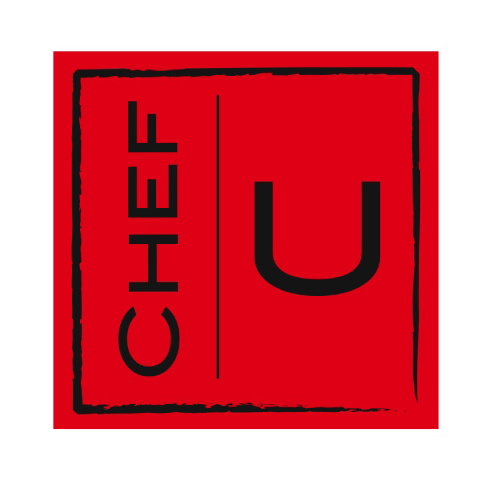About two thirds of the seafood consumed in the united states occurs in restaurants so having a quality program can boost your revenues. Todays diner is more sophisticated, health conscious and educated so the demand for quality has never been greater. Seafood is a blank canvas for creativity and utilization but it requires good management.
Here are basic guidelines to follow when designing a quality seafood program:
- Only buy from a reputable supplier. How it is stored, packed and shipped affects the shelf life. There are many variables to shelf life but on average you get 4 days if properly handled.
- Manage your purchasing to minimize holding times and spoilage.
- Train your staff to correctly receive fresh seafood at the door. It eliminates issues with getting credits from purveyors, heads off potential 86‘d items and reduces the chances you’re stuck with substandard quality.
- Proper storage and rotation is the key to maximizing shelf life in-house. Fresh seafood should be stored in a 40 degree cooler, protected from moisture and not sitting in melted ice.
- Having expert knowledge of fresh seafood can maximize your profitability by knowing when you can use frozen versus fresh while still maintaining the delicate flavor and texture. Today’s frozen market has many high end products that maintain freshness longer at a lower cost.
- Ensure consistency and proper execution by expertly training your staff to cook it correctly.
- Oceana North America revealed last summer that mislabeling of fish is prevalent in the industry, don’t get caught up in that net.
Fresh, quality seafood, prepared simply will sell itself so it pays to get expert advice.
Chef U Consulting can help you by creating unforgettable dishes, training your staff in proper handling and educating your servers to effectively sell it.
Originally published 3/6/13
